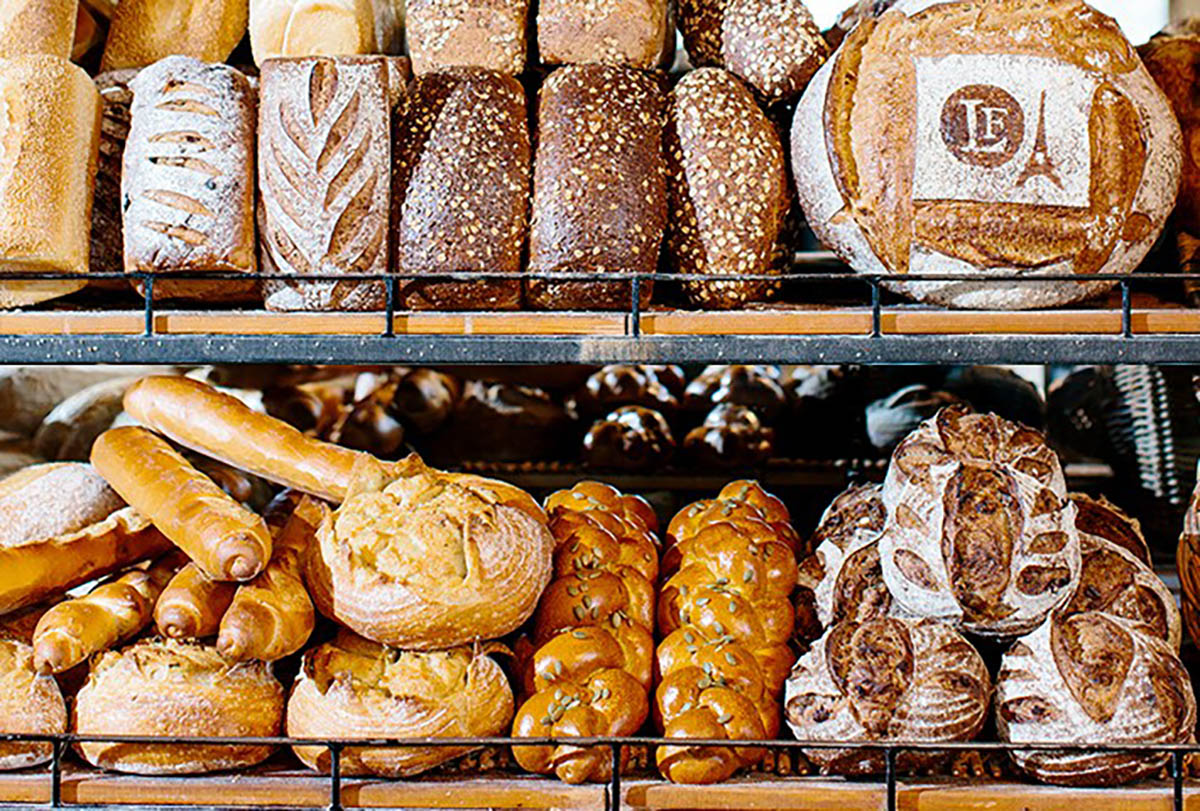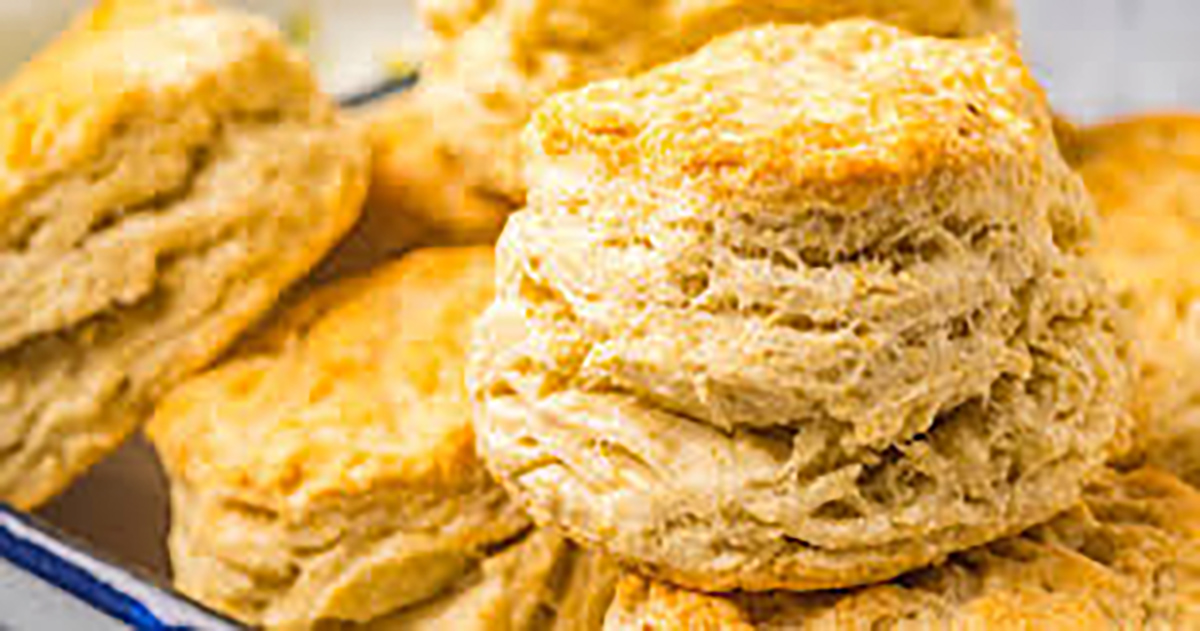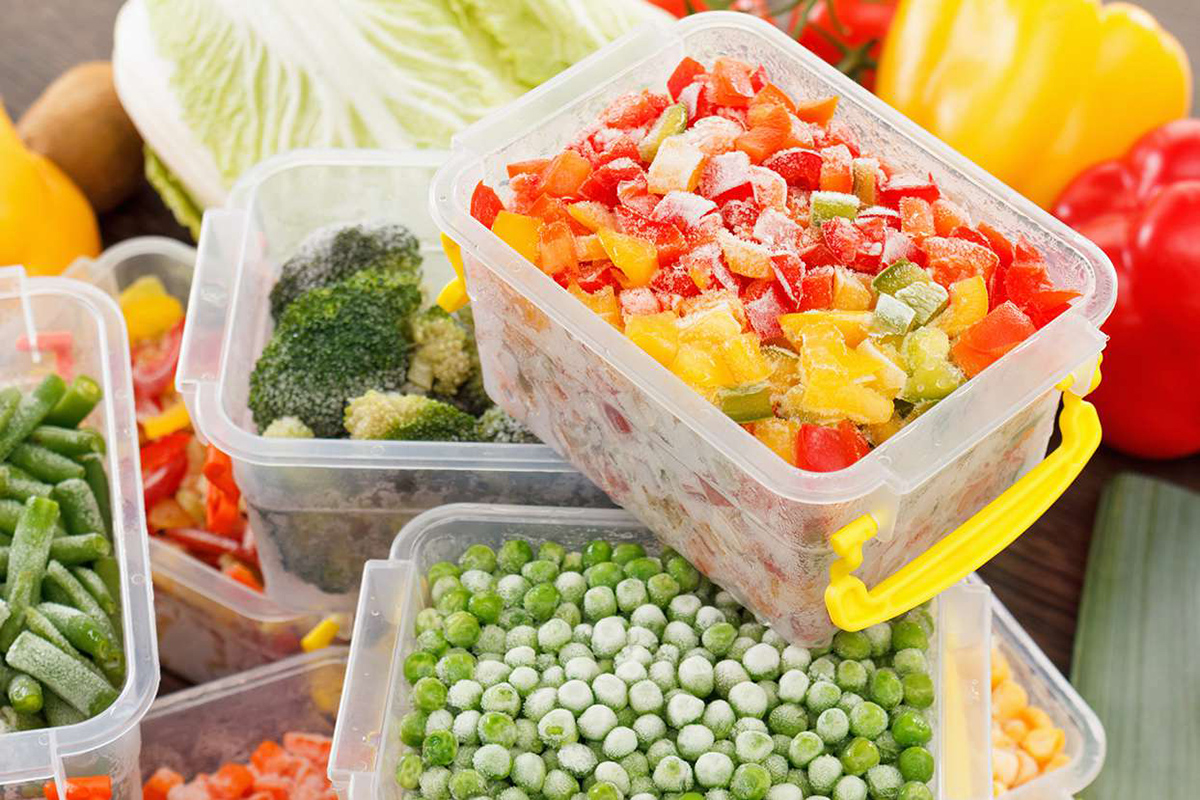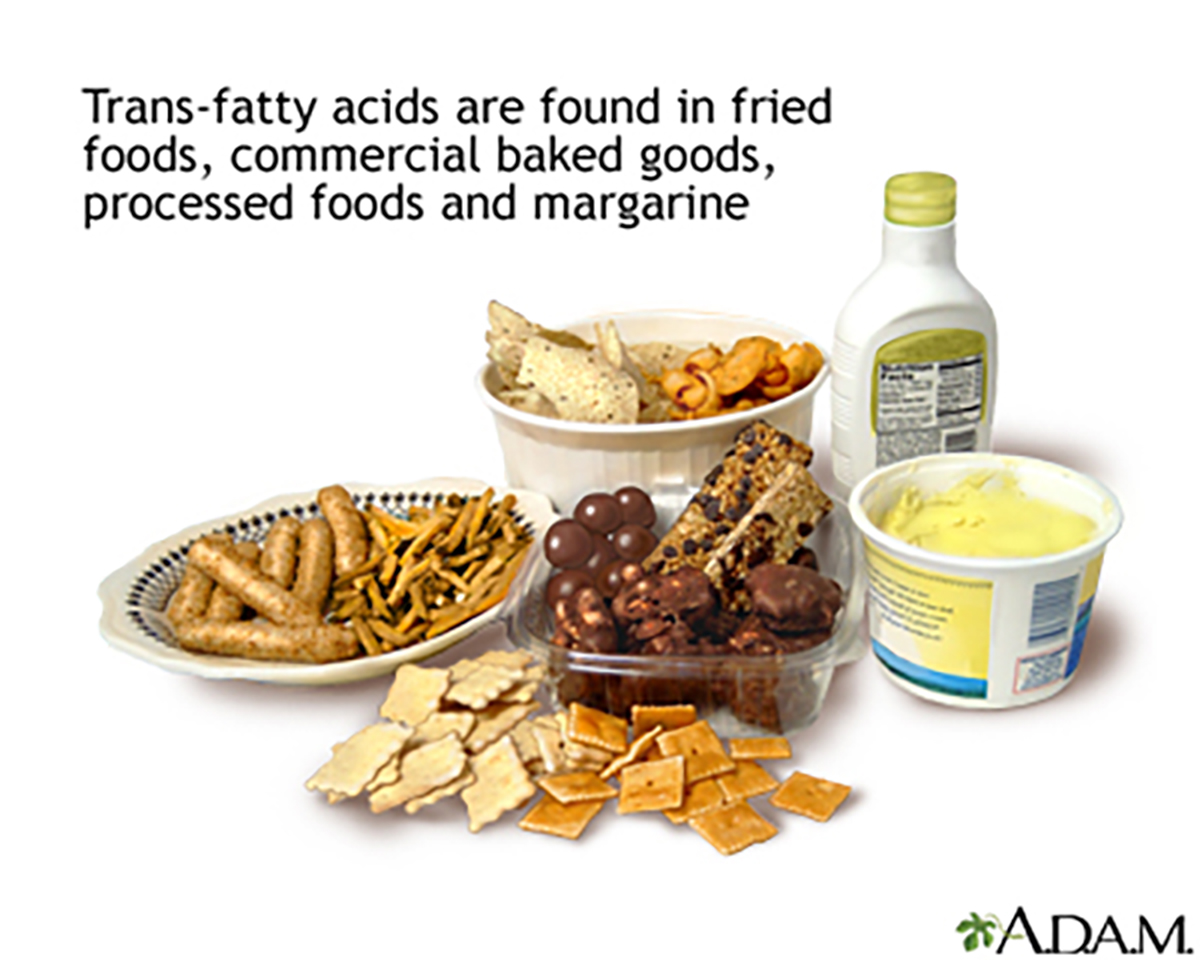The Application of Shortening
Shortening is a type of solid fat made primarily from vegetable oil or animal fat, named for its solid state at room temperature and smooth texture. Shortening is widely used in many fields such as baking, frying, pastry making and food processing, and its main function is to improve the taste and texture of food by changing the physical properties of dough.
1. Ingredients and production of shortening
Shortening is mainly composed of hydrogenated vegetable oil, partially hydrogenated oil, and completely hydrogenated oil. Hydrogenation converts a liquid vegetable oil into a solid, giving it good stability and shelf life. In the production process, the hardness and melting point of shortening can be adjusted by controlling the degree of hydrogenation, so as to adapt to the production needs of different foods.
2. The application of shortening in baking
Bread and cake
The main function of shortening in baking is to increase the softness and ductility of dough. Because shortening does not contain moisture, it reduces the formation of gluten in the dough when making breads and cakes, making the baked product more fluffier. Especially when making a cake, shortening can help whip up the batter and create a lighter texture, resulting in a fluffier finished product.
Cookies and pastry
Another important application of shortening is in the making of cookies and pastries. When making cookies, shortening can effectively stop the gluten formation in the flour, which makes the cookie taste more crisp. For pastry products, such as Danish pastry and croissants, the layering effect of shortening is particularly significant. By adding shortening to the dough, folding it and rolling it out, it finally bakes with layers of crisp pastry.
3. The application of shortening in frying
Shortening is also widely used in frying, especially in industrial food processing. Because shortening has a higher stability and a higher smoke point, it can be maintained at high temperatures for a longer time without breaking down. Therefore, shortening is often used in the preparation of fried French fries, fried chicken, doughnuts and other foods. Shortening can quickly form a golden crust during the frying process, and reduce the amount of oil absorption, thus maintaining the crispness and taste of the food.
4. The application of shortening in food processing
Shortening is not only popular in home baking, but also plays an important role in the food industry. For example, when processing quick-frozen food, the addition of shortening can prevent the texture of the food from changing due to water freezing during the freezing process. In addition, shortening is also widely used in cream substitutes, margarines and some snacks. It can not only extend the shelf life of the product, but also maintain the appearance and taste of the product.
5. Health effects of shortening and alternatives
Although shortening has many advantages in food preparation, its health effects have also caused widespread concern. Traditional partially hydrogenated shortening contains trans fats, which have been linked to health problems such as cardiovascular disease. As a result, in recent years the food industry has gradually reduced the use of partially hydrogenated oils in favor of fully hydrogenated oils, palm oil, or other vegetable oil-based shortening alternatives. These alternatives have a lower health risk while maintaining the texture and taste of the food.
6. The future development trend of shortening
As consumer demand for healthier foods increases, the production and use of shortening is also changing. Future shortenings may make greater use of natural vegetable oils and other healthy ingredients, reducing or even completely removing trans fats. In addition, the food industry may develop more functional shortening, such as products with added healthy oleic acid or other beneficial fatty acids. These improvements will help enhance the healthy image of shortening while meeting the higher food quality requirements of modern consumers.
Conclusion
The wide application of shortening in baking, frying and food processing has made it an indispensable ingredient in the modern food industry. Although its health effects are of concern, shortening will continue to play an important role in food production in the future through technological improvements and composition adjustments. While enjoying delicious foods, consumers should also pay attention to changes in their healthy ingredients in order to make more informed dietary choices.
Post time: Sep-11-2024






